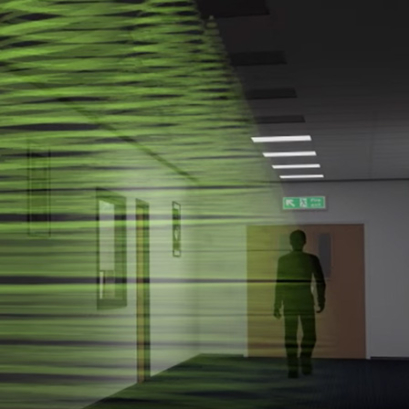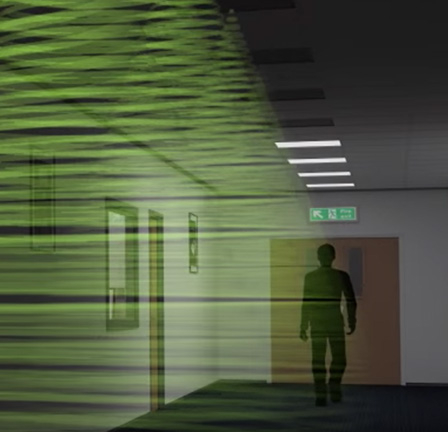
We are a leading manufacturer of quality internal and external lighting products for commercial, industrial and retail applications.
View all productsAt Ansell Lighting we design and manufacture an extensive range of luminaires for a diverse number of sectors and applications. Whatever the shape, purpose or style of your space, we have a lighting solution.
View all sectors & applicationsWe are a leading manufacturer of quality internal and external lighting products for commercial, industrial and retail applications.
Welcome to Ansell lightingWe are here to answer any questions you may have, help you find a stockist or speak to a local member of our team.
OCTO delivers the complete smart lighting package to transform the efficiency and ambience of commercial and residential spaces.
Find information regarding our product warranty, product data downloads and FAQs regarding lighting and technical terms. Here you will find support with training CPDs as well as useful lighting design and LED strip calculators.
MWS Vs. PIR

Microwave Sensor (MWS) vs. PIR (Passive InfraRed) Sensor – Which one best suits your needs?
Whether it’s in the garden at night time, walking in to an unlit meeting room or being the first one to walk in to the office in the morning, we’ve all encountered motion sensor detectors that trigger the illumination of a room.
There are a variety of motion sensors on the market, with a variety of applications. Two of the most popular motion sensor are PIR sensors and MWS sensors. But do they actually do? What do those names mean? Which one’s best?
Our latest blog post should provide the answers to those questions.
How do Microwave and PIR sensors actually work? What’s the difference between the two?
Microwave motion detectors emit microwave signals and measure the echo time. The echo time is the time taken for the signal to be reflected back at the sensor. The echo time is then used to calculate the distances from all the stationary objects within a room. When someone walks in to a room the detection zone causes a disruption in the microwave beam, changing the echo time and causing the lights to turn on.
PIR sensors work by detecting heat. The sensors take measurements of the ambient temperature of a room using detections beams. When a difference in the room’s temperature is detected by one of the beams, the sensor is activated and the lamps in the room are activated. When the beams detect that the room has returned to it’s original temperature, the lights will switch off.
So what are the benefits of PIR sensors?
PIR sensors have a good level on sensitivity and will only detect movement within the area in which it has been installed. They work well when applied to open areas and won’t detect through a given surface such as thin walls or partitions like microwave sensors will, meaning that they are less likely to trip and activate falsely. PIRs only activate via heat movement and thus don’t activate needlessly.
What are the drawbacks?
Most PIR sensors are sensitive to high or low temperatures, meaning their performance can be affected. Additionally, because PIR sensors are not as sensitive to movement, they don’t offer the same density of coverage that microwave sensors do. A PIR sensor would take slightly longer to detect and activate a flood light when your dog is in your garden, or when a car pulls on to the driveway. This is due to the functionality of how the PIR activates.
PIR sensors may not be the aesthetic that some consumers that are looking for. The sensors cannot be hidden within the fitting and has to be located externally or on an external surface. This means the sensor is often placed on the front of the fitting and can effect the aesthetics.
What are the benefits of MWS?
Microwave sensors can be very powerful. The waves are so strong that they can actually detect movement through a range of materials. This enables the sensors to trip and activate the luminaire very quickly. Additionally, microwave sensors also offer a more stable performance and will operate in both low and high temperatures.
Microwave sensors are often peoples preference when they’re looking for a product based upon it’s aesthetic. As the microwaves can be detected through materials, the sensors themselves are often hidden within the fitting, making the fitting slightly sleeker in aesthetic.
What are the drawbacks?
Microwave sensors have a high level of sensitivity and when installed or set up incorrectly can potentially result in being triggered falsely. On very rare occasions, microwave sensors have been known to be activated by trees in the wind or even heavy rain. Although this can still occur with some budget MWS sensors, most sensors produced today have adjustable settings that can allow the end user/installer to alter the detection area and sensitivity which will aid in reducing the frequency of false triggers in your lighting.
So which one should I buy?
The answer to this question really depends upon the application and level of sensitivity required. If you’re looking to install lighting sensors inside residential applications, PIR will cater to your needs. On the other hand, if you’re looking for a lighting with a higher sensitivity, microwave detection would be ideal.
You Might Also Be Interested In...

